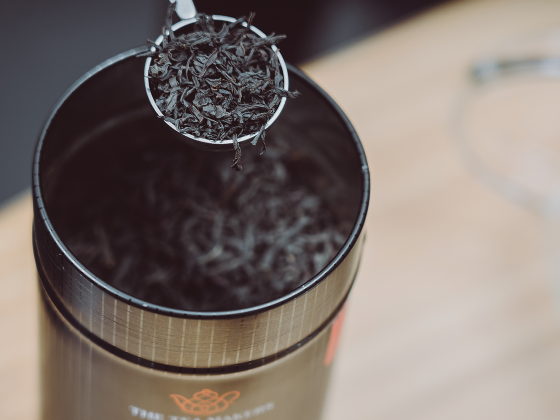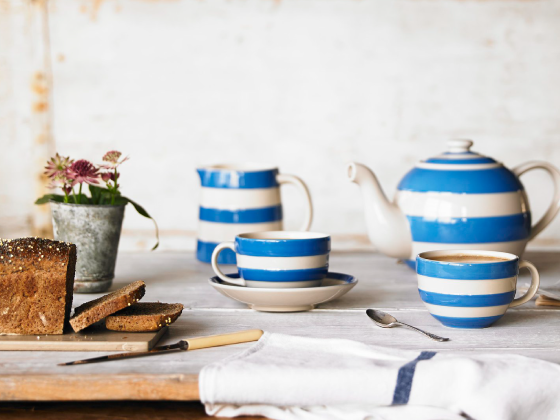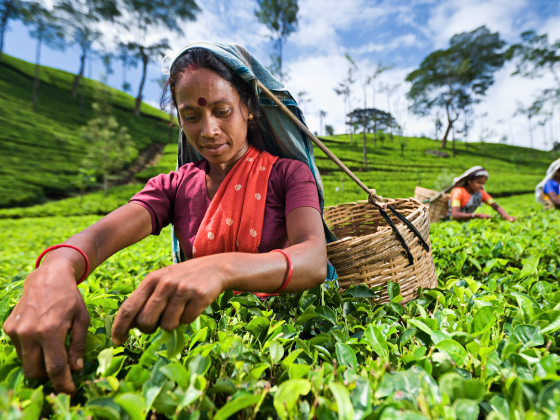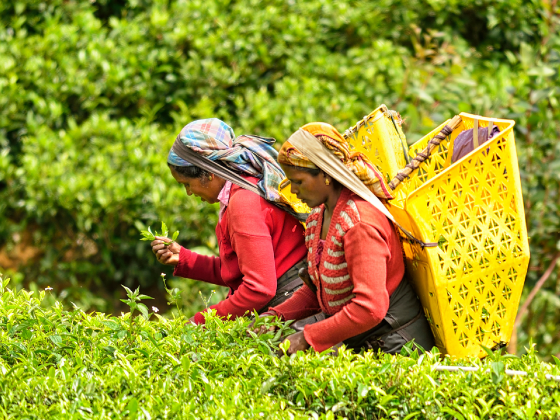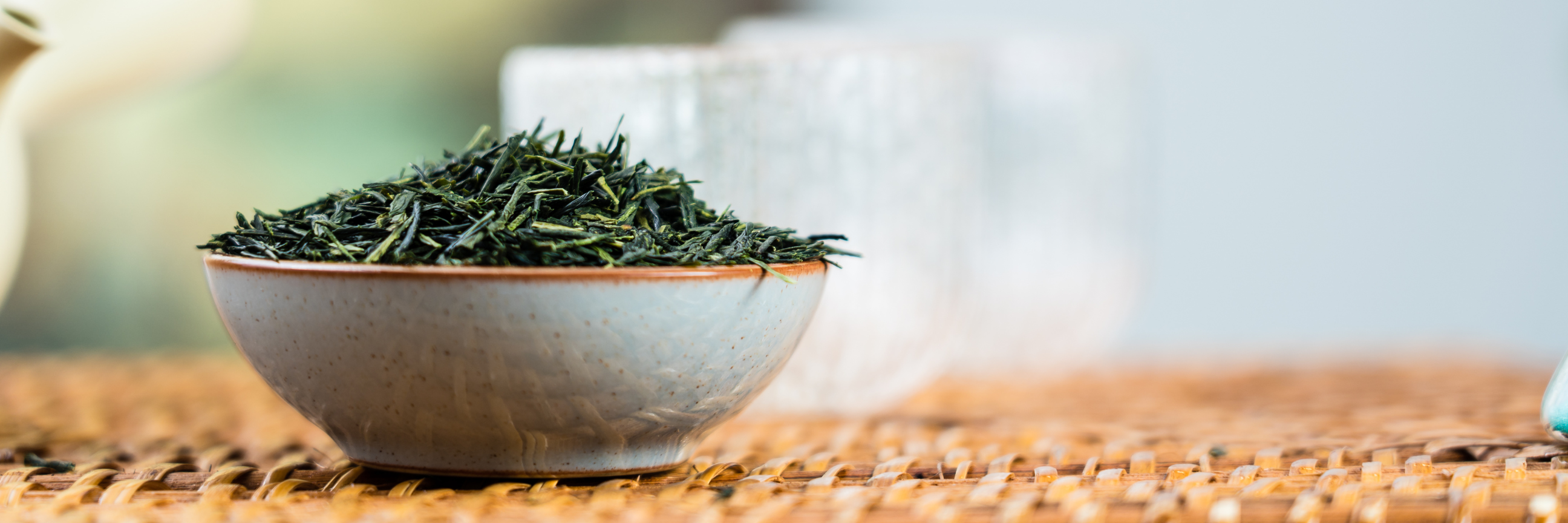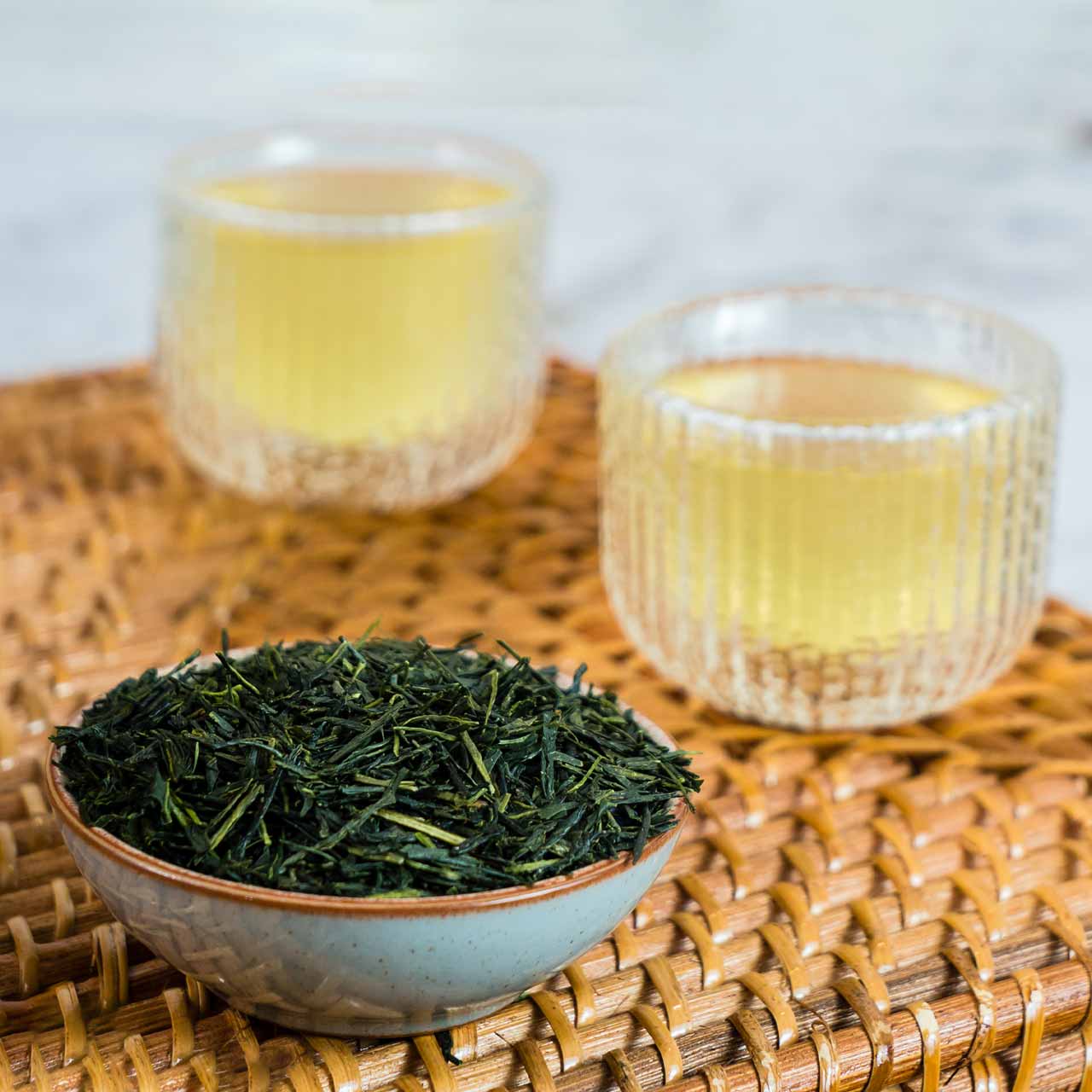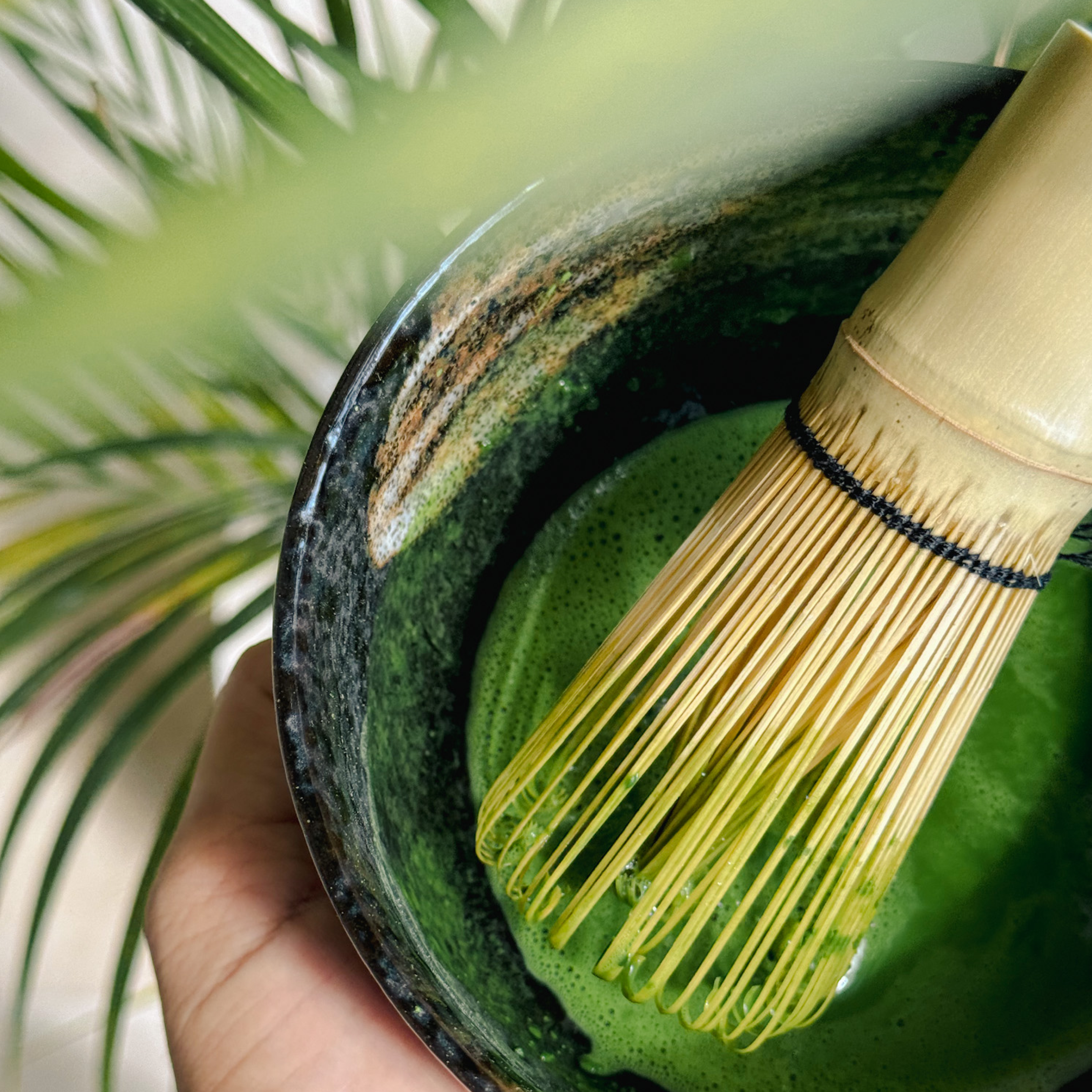History of Japanese Tea
Tea has played a central role in Japanese culture for centuries and has played an integral role in spiritual and daily life.
Tea was brought to Japan by monks in the 13th century, but it wasn’t long before green tea became popular among the spiritual and political elite, before spreading to all social classes in the ensuing centuries.
Tastes and techniques may have changed over time, but the Japanese love for green tea certainly hasn’t, with green tea being the most popular drink in Japan today.
In this blog we explore the origins of Japanese teas, the primary tea growing regions, the types of Japanese tea and the host of health benefits that can be enjoyed.
Japanese Tea in Cultural Practices
Tea is culturally significant in Japan and is woven into daily rituals and ceremonial occasions. Teas like sencha are enjoyed at work and at home, whereas more premium teas like matcha and gyokuro are reserved for special occasions and ceremonies.
Tea was first introduced to Japanese by monks returning from China. It became associated with Zen Buddhism, particularly matcha, as its invigorating properties were believed to aid mediation and other spiritual rituals. Not long after tea began to be grown and processed in the country, with the traditions, methods and flavours diverging from Chinese practices over time.
Green tea, particularly matcha, is associated with mindfulness to this day, and is the centre of the modern Japanese Tea Ceremony. Known as chanoyu, the ceremony centres around the preparation and drinking of green tea and typically takes place in a tearoom. While tea may be the focal point the ceremony itself is a display of hospitality by the host, and aims to promote well-being, mindfulness and harmony.
Matcha, once reserved for the elite, is now widely available, although it still retains its ceremonial importance. Different grades are available; with cheaper matcha being used for baking, desserts and sweets, and higher quality matcha being used for tea.
Japan’s Tea Regions
Green tea is grown in many of Japan’s regions, also known as prefectures. Tea as a crop is deeply linked to its terroir, and the flavour of the tea can be impacted by multiple factors, such as geography, climate and soil types. We have highlighted some of the major tea producing regions below, their history and the teas they specialise in.
Shizuoka Prefecture
Shizuoka Prefecture is best known as home of the iconic Mount Fuji, but it is also a vital agricultural region.
Tea has been grown in this part of the country since the 13th century. Shizuoka is the largest tea-growing region of Japan and is responsible for over a quarter of the tea the country grows, making it crucial to both internal consumption and international tea markets. Most of the tea grown here is sencha, the most popular tea in Japan.
Kagoshima
Kagoshima is one of the most southern prefectures of Japan. The region enjoys a warm climate, and lush volcanic soil helps to create flavoursome and layered tea. Large scale tea production in this region only took off as late as the 20th century, but now Kagoshima is the second largest tea producer in all of Japan.
Sencha is predominantly produced in Kagoshima, although matcha production has increased in recent. Kagoshima is the leading region in growing Organic Tea, as demand for pesticide-free green tea grows and tea growing methods respond to this demand.
Kyoto
Kyoto Prefecture has long been a centre of Japanese culture and history, due to the history of the eponymous city as the traditional capital of Japan, before this title was given to Tokyo in the late 19th century.
Due to this rich history, much of the traditional Japanese tea ceremony evolved here, and tea ceremony etiquette is still taught in dedicated schools to this day.
Kyoto is also remarkable as the birthplace of two the most famous Japanese green teas, sencha and gyokuro.
Mie
Tea cultivation in Mie prefecture goes all the way back to the 12th century, when it first arrived in Japan from China, and the region is now the third-largest tea producing region in Japan.
Mie prefecture specialises in shaded green tea – known as kabusecha – which is mostly used for matcha or gyokuro. Due to the skill and work involved in cultivating shade-grown tea, Mie prefecture produces some of the most premium and highly sought after teas in all of Japan, which is why we use it in our both our Ceremonial Grade Matcha and our Organic Ceremonial Grade Matcha. Covering the tea plant reduces the amount of sunlight it receives. This triggers the plant to increase production of chlorophyll, which imbue the tea leaves with a distinctive sweetness.
Types of Japanese Tea
There are now multiple varieties of Japanese tea available, with different flavours, processing methods and brewing techniques. We break down some of the most popular varieties we offer.
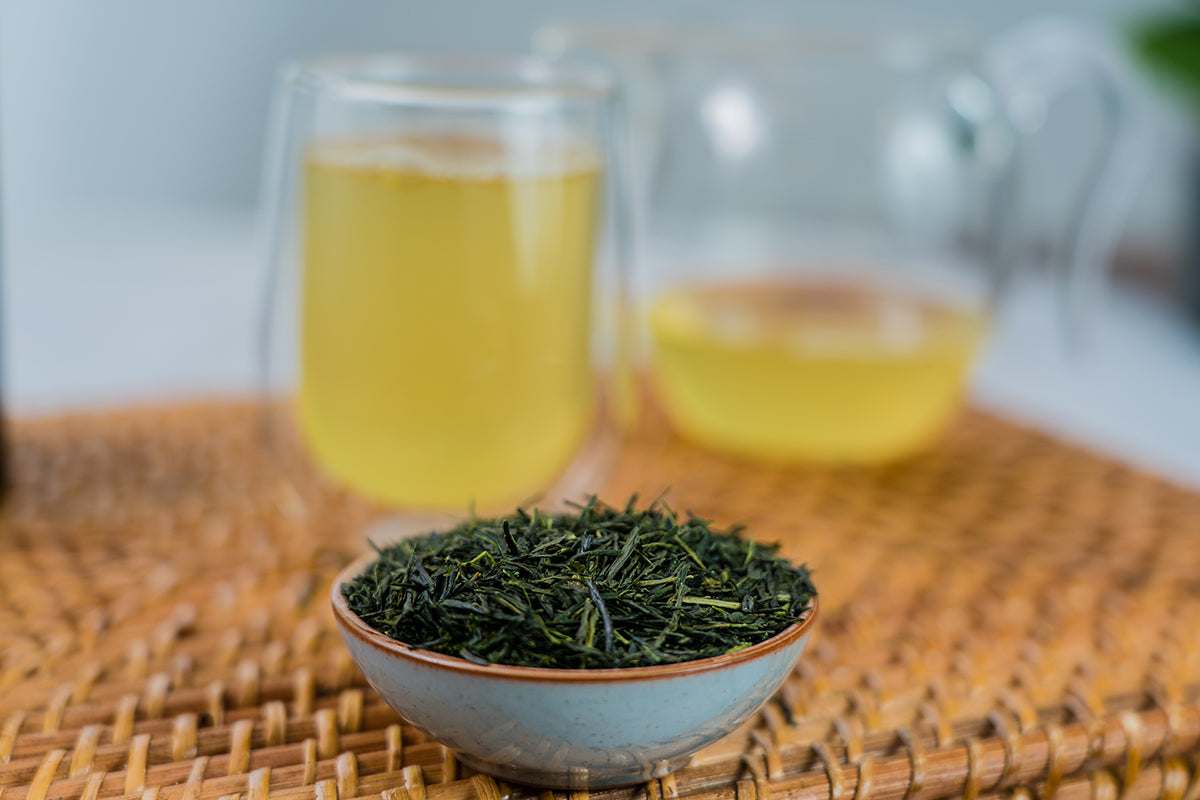
Japanese Sencha Tea
Sencha is the most popular tea in Japan. While green tea has been grown in Japan for centuries, what we would now recognise as sencha was first produced in the 18th century by a tea farmer called Nagatani Soen.
He applied steam to the harvested tea leaves, which halted the oxidation process. The leaves were then immediately dried and rolled in delicate pieces, creating the distinctive flavour of what we now know as sencha.
Sencha should be brewed using 80-degree water and for 2-3 minutes.
Tea tip: Do not use boiling water to brew green tea. The heat is too intense and destroys the flavour of the tea, creating an overly bitter and unpleasant brew.

Japanese Matcha Tea
Matcha is made from the same tea leaves used to make other green teas. In the weeks prior to harvest, the matcha is shaded to further refine its flavour.
Once the leaves are harvested, they go through extensive drying to remove all moisture, in strictly controlled temperature and humidity-controlled conditions, before beign ground by advanced mechanical grinders.
Matcha has a creamy, umami flavour, with vegetal, almost grassy notes, and is more intense than other green teas, because it absorbs all the ground leaf powder (rather than being infused with whole leaves, which are removed from the infusion after a few minutes).
Due to the strength of matcha, it can be used in various recipes, which explains why it has enjoyed such a meteoric rise in popularity in the last decade outside of Japan, with most cafes now selling Matcha lattes.
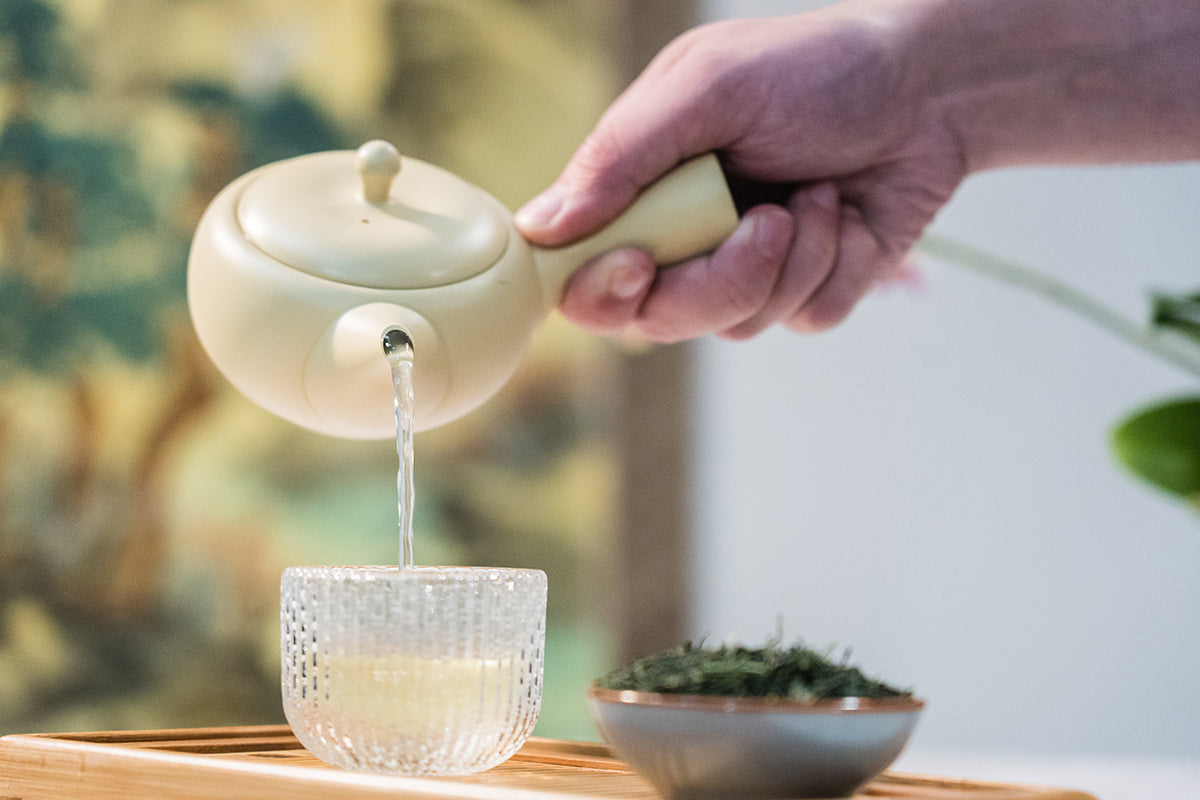
Gyokuro Tea
Gyokuro is Japan’s most premium green tea. This is due to the unique cultivation method used, requiring skilled workers with years of experience.
Gyokuro is made from shade-grown leaves. The tea plants are covered in the weeks leading up to harvest. While reducing sunlight exposure may seem counterproductive, this causes the plant to increase its chlorophyll production, which gives the Gyokuro tea a natural sweetness and refined flavour.
This premium tea has such a delicate flavour that it is recommended to use water no hotter than 70 degrees, and allowing the tea leaves to infuse for 2-3 minutes. You can also resteep this tea to get as much flavour as possible.
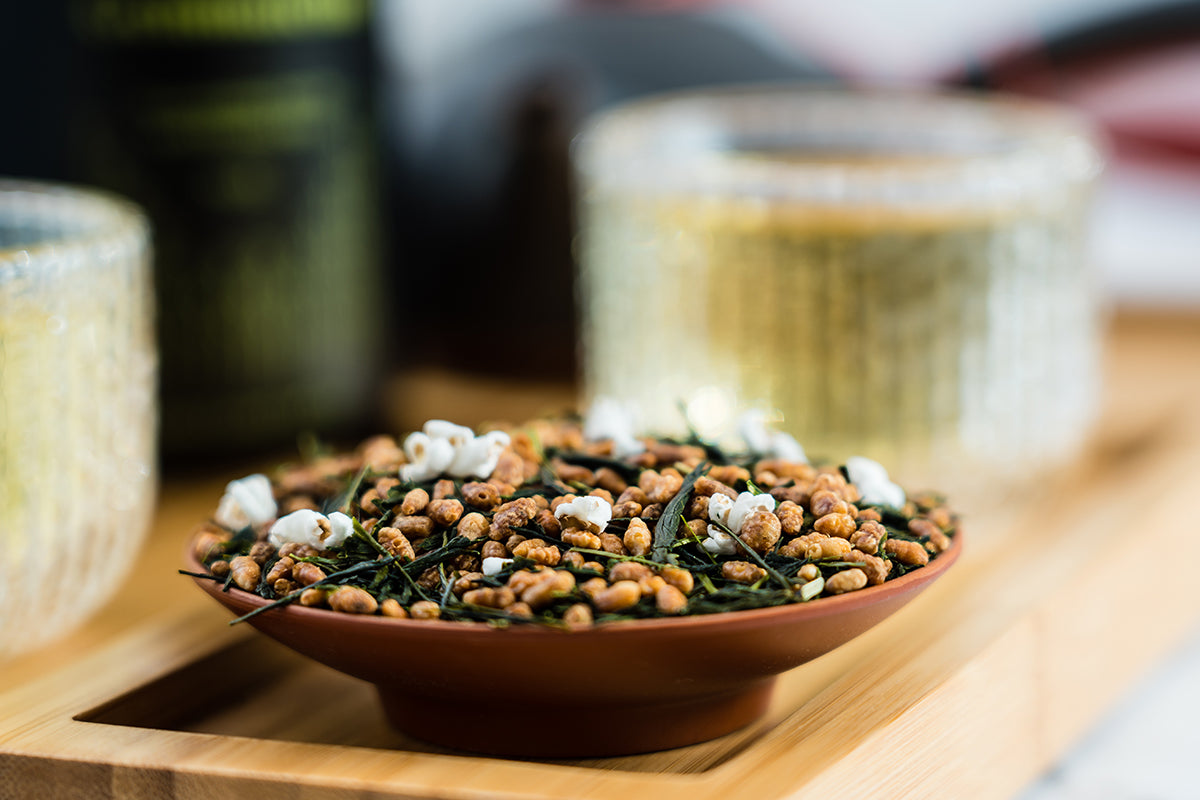
Japanese Genmaicha Tea
Genmaicha is a traditional Japanese green tea. It rose to popularity among Japanese peasants; for the working-class who couldn’t spare much money, blending the green tea leaves with roasted rice increased the amount of tea and decreased the cost.
Its name in Japanese literally translates as ‘brown rice tea’. It is the roasted rice which gives Genmaicha, its unique nutty, roasted flavour, often compared to popcorn, which is then mixed with Sencha.
Although it started out as a tea for commoners, Genmaicha is popular today throughout all Japanese society for its distinctive flavour.
Genmaicha can be blended with matcha powder to create Genmaicha Iri Matcha, which tastes very similar to traditional Genmaicha, although the green tea is made stronger with the addition of matcha.
Japanese Tea Benefits
1. High in Antioxidants
Japanese teas are high in antioxidants, most notably tea catechins such as EGCG. Antioxidants help protect your cells from oxidative stress, which is caused by free radicals (molecules which damage cells) and contribute to various health issues. Antioxidants can help slow down the ageing process by protecting cells from oxidative damage and maintain cellular health.
2. Support in Weight Loss & Burning Fat
The catechins in green tea can help increase your metabolic rate. Increased metabolism helps the body to burn calories faster. When combined with the potential fat-burning properties, this makes Japanese green teas an excellent option for those looking to lose weight, if consumed alongside a healthy diet.
3. Helps Boost Immune System
Antioxidants like Vitamin C and Vitamin E play a vital role in the immune system, helping the body fight infections and illnesses. Vitamin C is vital in keeping the body fighting fit and helping to fight off common colds and other viruses. All Japanese green teas provide a natural source of this helpful vitamin. Vitamin E is also crucial for a robust immune system, in addition to being beneficial for skin health and eye health.
4. Helps Alleviate Inflammation
One of the major benefits of green tea antioxidants is their potential to reduce inflammation. This is because chronic inflammation is linked to many diseases. As these antioxidants can help reduce inflammation, they can reduce the risk of diseases such as heart disease, diabetes and cancer, and mitigate the effects of diseases such as arthritis.
5. Lowers High Blood Pressure
Research has found green tea consumption to be linked to a reduction in systolic blood pressure, making it potentially beneficial for those who suffer from high blood pressure (which can contribute to health conditions such as heart attack, stroke and heart failure).
Conclusion
Japan has a rich history and unique relationship with tea. It is interwoven with the country's cultural heritage, due in no small part to the varieties which are available and the health benefits of the brew, which has helped tea remain a staple for centuries.
We offer a range of premium Japanese teas featured in this blog for you to enjoy. Start your journey into Japanese tea today!
Featured Collections
Stay up-to-date
Blog posts

The History of Japanese Tea

The 5 Best Green Teas For Beginners

